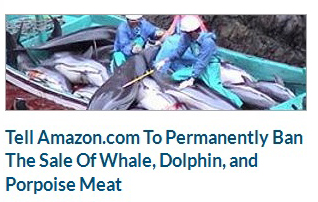Ocean acidification (OA) is the process by which the ocean absorbs carbon dioxide (CO2). This process creates chemical reactions that reduce 1) seawater pH, 2) carbonate ion concentration, and 3) saturation states of biologically important calcium carbonate minerals (the minerals floating within the water column that many shellfish absorb to create stronger shells).
Here are 10 reasons OA is a serious concern. Keep in mind the science community has just begun to scratch the surface of OA impacts to the marine ecosystem and new findings are always being revealed.
- OA is one of the greatest threats to marine biodiversity. Of particular concern are coral reefs which are the habitat of at least a quarter of all marine species.
- Many marine organisms (e.g., reef building corals, shellfish) that produce calcium carbonate shells or skeletons are adversely affected by the increased absorption of CO2 levels and decreasing pH in seawater. According to the Natural Resources Defense Council, “The effect is similar to osteoporosis, slowing growth and making shells weaker”.
- Reef building corals, a ‘framework species’, are one species greatly affected by coral bleaching (a result of OA). Coral reefs are being destroyed twice as fast as rainforests. This is significant considering over $6.5B and 63,000 jobs are connected with tourism of the Great Barrier Reef.
- Abnormally low pH levels in the seawater off the West coast of the US may be attributed to “near total failures of developing oysters in both aquaculture facilities and natural ecosystems”.
- Before people started burning coal and oil, the pH of the ocean was essentially stable for the previous 20 million years. However, science predicts that by 2100 (less than 100 years!) OA will more than double if CO2 emissions continue at their current rate.
- The ocean is absorbing the CO2 we are spewing into the atmosphere at the rate of, “22 million tons per day“.
- The last time the world’s oceans acidified quickly (approximately 6.8 trillion tons of carbon entered the atmosphere over a period of 10,000 years) many deep-sea species went extinct. The cause is not known, but the result was a rise in temperature at least 5-9°C.
- Strategies needed to combat OA are similar to those that are needed to combat global warming. In fact, OA is known as the evil twin of global warming.
- To help combat OA you should conserve energy at every opportunity. This could include using the most efficient fuels for cars, trucks, airplanes, and ships.
- According to the National Oceanic and Atmospheric Administration, “OA has the potential to seriously threaten the future health of the world’s oceans and the significant economic benefits they provide to humankind”.
This illustration depicts how less emissions can combat the effects of ocean acidification.














What people are saying …